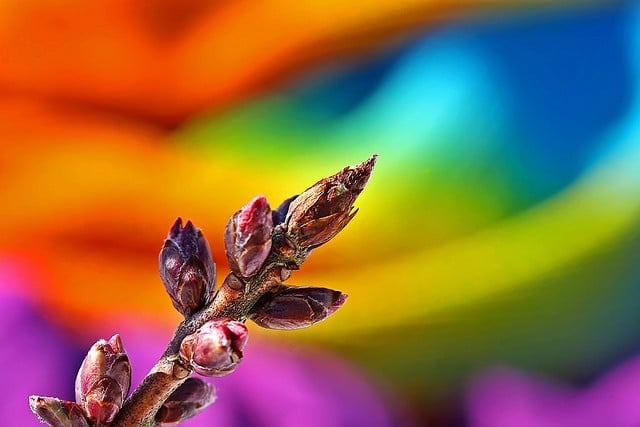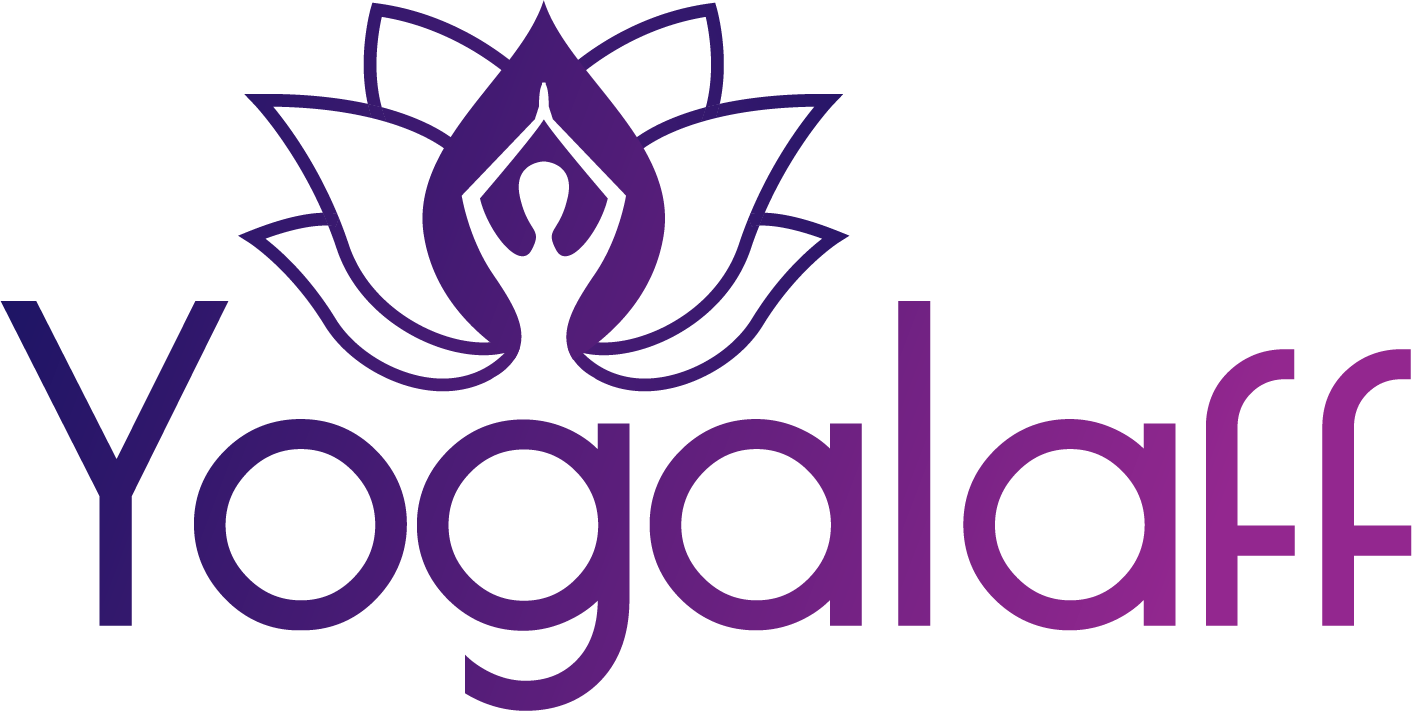
Jump to: Benefits | Technique | Tips
Have you heard about the benefits of chakra meditation?
Chakras are the psychic energy-centers of the body. They are the confluence of the pathways through which sacred energy (also called chi or prana) passes.
“Chakra opening” can be a deeply reinvigorating practice. As a quick point of guidance, don’t worry too much about finding the “right” location of the chakras. Your attention will naturally rest in the appropriate place.
Chakra Meditation Benefits
- The balancing of chakras is associated with the expression of positive qualities: self-esteem, creativity, inner balance, open self-expression, to name just a few.
- It is a deeply calming and energizing practice.
Chakra Meditation Techniques for Beginners
You can follow these stages in order or pick one out. If you’re in a rush I recommend the heart chakra. The “a” in the mantras is pronounced “ah.”
1. Root Chakra (Muladhara) (Red)
- Concentrate on the flat space between your anus and genitals (the perineum).
- Gently chant the mantra Lam.
- Repeat as many times as you wish, sensing the vibrations at your chakra-point.
- The root chakra is associated with survival. Its corresponding deity is Ganesh.
2. Sacral Chakra (Svadhisthana) (Orange)
- Concentrate on your lower back (the sacrum) just above your buttocks.
- Gently chant the mantra Vam.
- The sacral chakra is associated with reproductivity and sexuality. Its corresponding deity is Indra.
3. Solar Plexus Chakra (Manipura) (Yellow)
- Concentrate on your solar plexus.
- Gently chant the mantra Ram.
- The solar plexus chakra is associated with personal power and spiritual growth. Its corresponding deity is Agni.
4. Heart Chakra (Anahata) (Green)
- Concentrate on the point between your breasts.
- Gently chant the mantra Yam.
- The heart chakra is associated with love and inner peace. Its corresponding deity is Vayu.
5. Throat Chakra (Visuddha) (Blue)
- Concentrate on the middle area of your throat.
- Gently chant the mantra Ham.
- The throat chakra is associated with self-expression. Its corresponding deity is Dyaus.
6. Third-Eye Chakra (Ajna) (Indigo)
- Concentrate on the your “third eye,” the area between your eyebrows.
- Gently chant the mantra Om (ohhhhmmmm). (For specific details on how to pronounce Om visit this page.)
- The third-eye chakra is associated with survival. It’s associated deity is Soma.
7. Crown Chakra (Sahasrara) (Violet)
- Concentrate on the area just above the crown of your head.
- There is no mantra for the crown chakra, it’s expression is silence. Rest in this silence.
- The crown chakra is associated with pure consciousness. It’s associated deity is Dhruva.
Tips
- The length time you choose to spend on each chakra is up to you. Find a duration that is comfortable for you.
- Allow the transitions between chakras to be gentle and fluid. Pay attention to your body
- When experiencing the physical sensations of the chakras, follow your inclinations. You may feel a small point or a wider area, a warmth or a subtle tingling. All are valid. Don’t over-worry about achieving the “right experience.”
- The benefits of meditation increase with time – the more you pay attention to each chakra the greater the positive effects will be.
- This meditation works well as a relaxation practice. Try doing it with relaxing music or candles in beautiful weather. If you’re interested in using candles, read our guide to the best candles for meditation.
I hope you enjoyed this guided chakra meditation. You may also find our article on OM Meditation useful. Equally, if you’re using this practice for relaxation, have a loot at some relaxing music and our incense guide.
